Nestled in the picturesque California landscape is Felton Grove. This tight-knit community has its small-town charm, but now residents are grappling with a new reality as they find themselves on the front line of climate events. This is the first installment of a three-part special, Seeking Higher Ground: America's Climate Migration.
What You Need To Know
- Extreme weather events are prompting some to reconsider the safety of the place they call home
- Experts say as many as 6 to 13 million Americans could be forced to moved as a result of sea level rise alone
- As extreme climate events become more frequent, is anywhere truly safe?
Nathalie Dervaux has lived in Felton, California, just south of the San Francisco Bay Area, for 11 years.
“This is such a beautiful area. You know, you feel at peace. You feel really rested here. I wanted my kids to be raised in a serene, you know, atmosphere and environment,” said Dervaux, who lives steps from both a river and a creek.
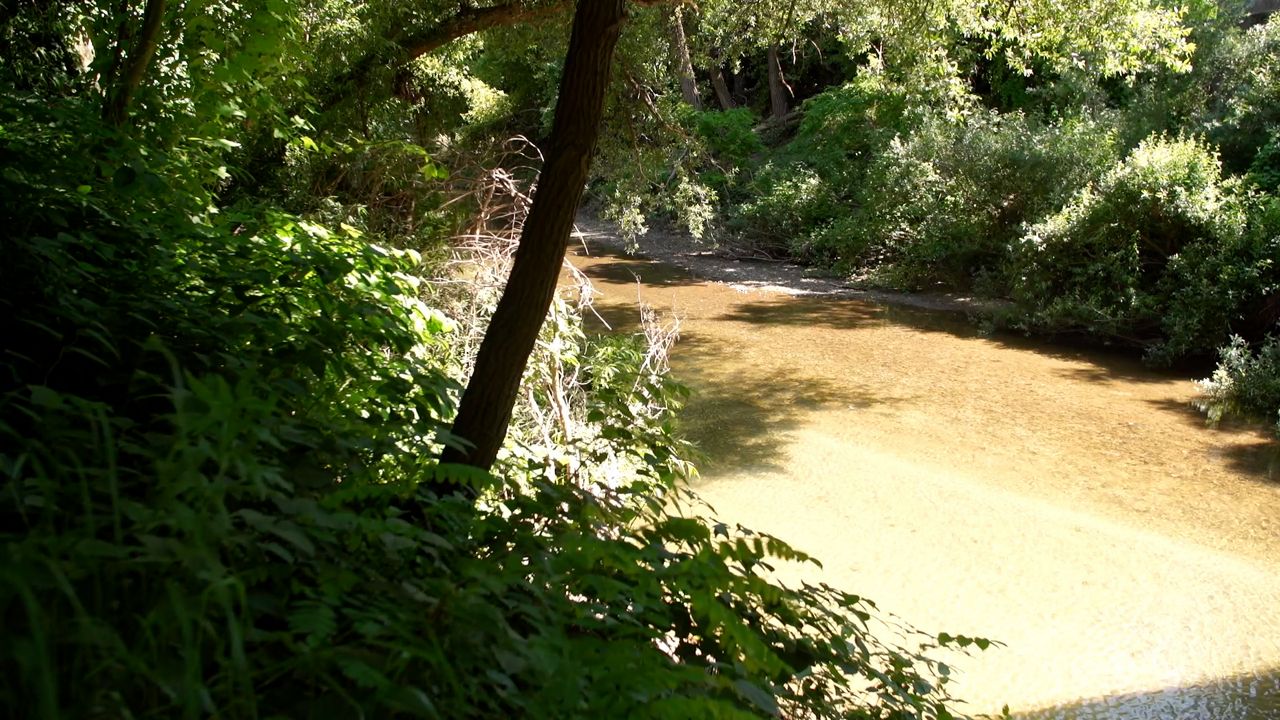
But recently, the same natural landscape that drew Dervaux to the area took a destructive turn.
In January 2023, days of torrential rain swelled the nearby San Lorenzo River, flooding her Felton Grove neighborhood and destroying her home.
“It has been atrocious. We couldn't believe it. Even people who have been here for five decades never saw that, ever. You could see waves, that's how strong it was,” said Dervaux.
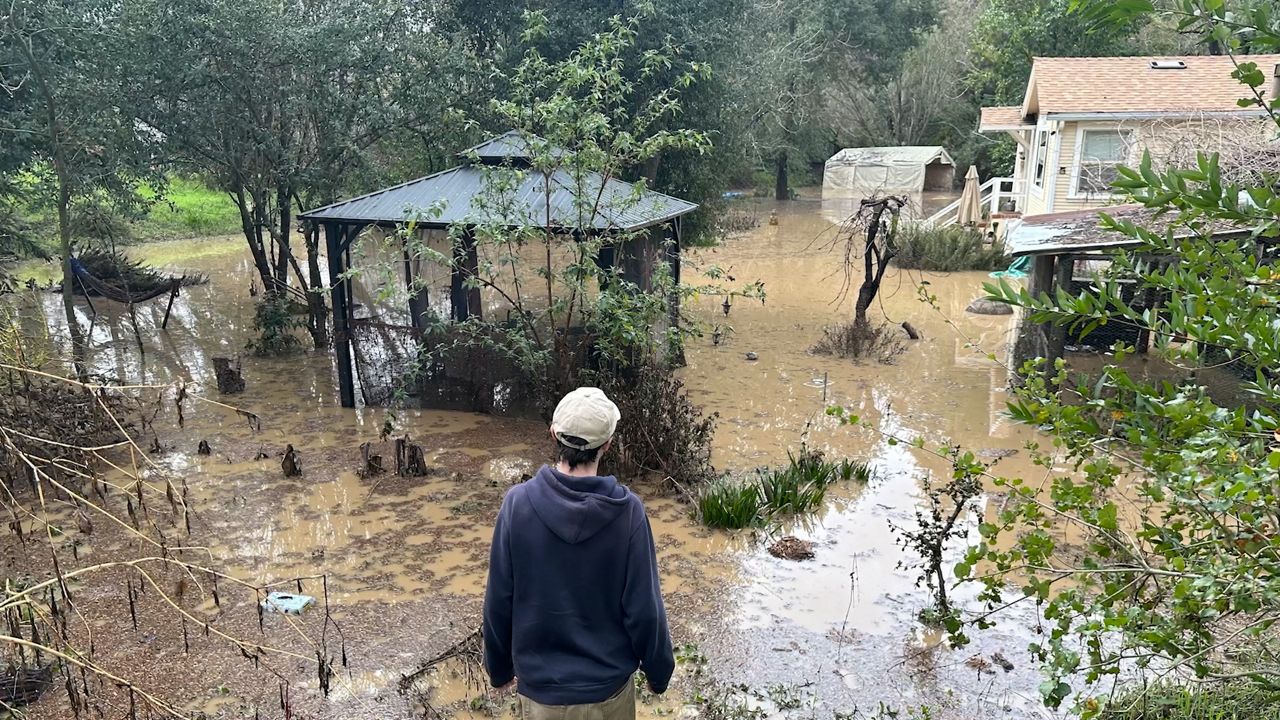
Because of its proximity to the river, the neighborhood is no stranger to periodic flooding. But the January storms were more intense than any Felton Grove has seen in recent years. While many of her neighbors’ homes are elevated, Dervaux's is not, making the damage especially severe, particularly in her son’s bedroom.
“By the time I woke him up, the water was already coming through the wall in the room,” said Dervaux.
In less than an hour, the room was full of water, and from the room above, Dervaux could see bubbles coming up through the floorboards. “I was trying to, you know, play it cool for the kids, but I was really in panic mode. My daughter called 911 to be rescued,” recalled Dervaux.
She grabbed her wallet, phone, and her cat, and she and her family climbed into a rescue canoe.
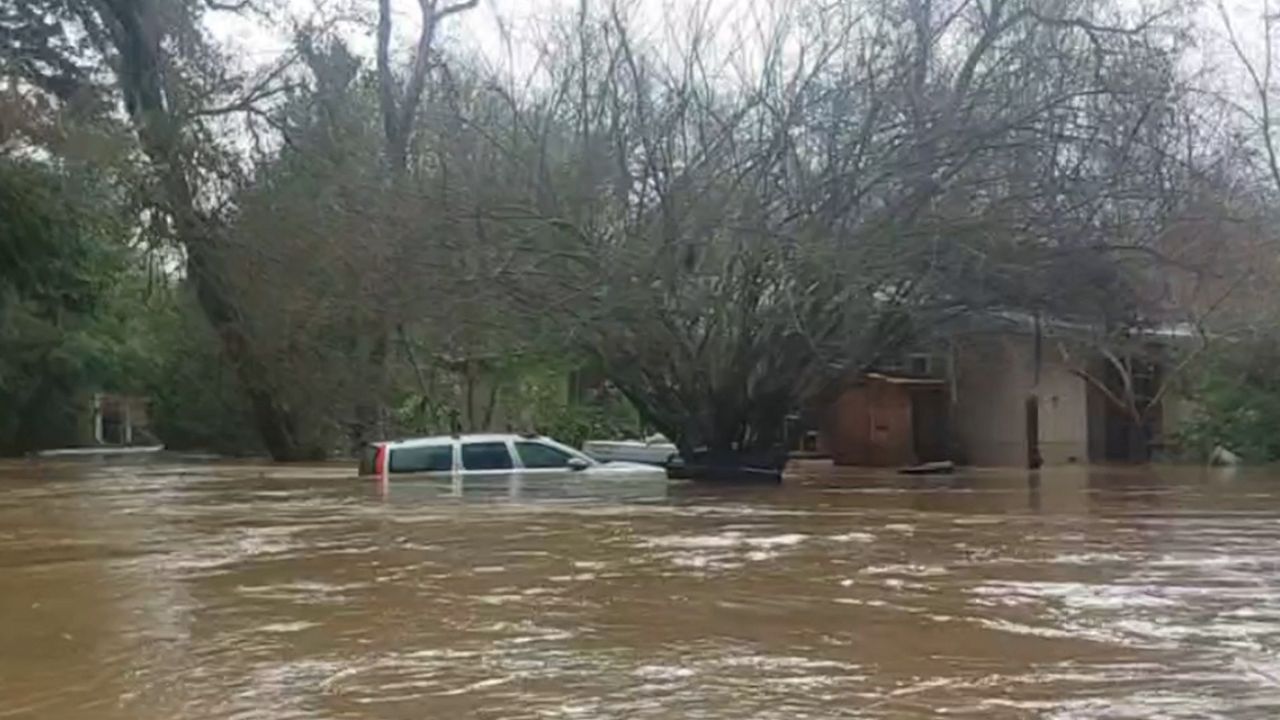
Her house has since been “yellow tagged,” meaning that for safety reasons, the family can’t live there until the repairs are done — so they’ve been making do in two trailers on the property since February.
Dervaux says her applications for FEMA disaster assistance have been denied several times.
“I'm trying to beg with FEMA to be helpful to do something,” said Dervaux, recalling one conversation. “And she goes, 'I'm sorry, that's the process. But can I say a prayer for you?' I just started crying. I mean, it's like, that's the only thing they can help with?"
Without FEMA assistance, Dervaux was counting on her flood insurance to offset the cost of repairs. On the day we met her, she received a long-awaited check from the insurance company.
“When I found the check in the mailbox, I came back and I was like jumping, run the stairs, give a big hug to the contractor,” she said.
But the relief was short-lived. When she tried to cash the check, she was told she couldn’t access most of the money until the construction was complete. But because the contractor won’t wait until the work is finished to receive payment, she anticipates her next step will be to cash her 401k.
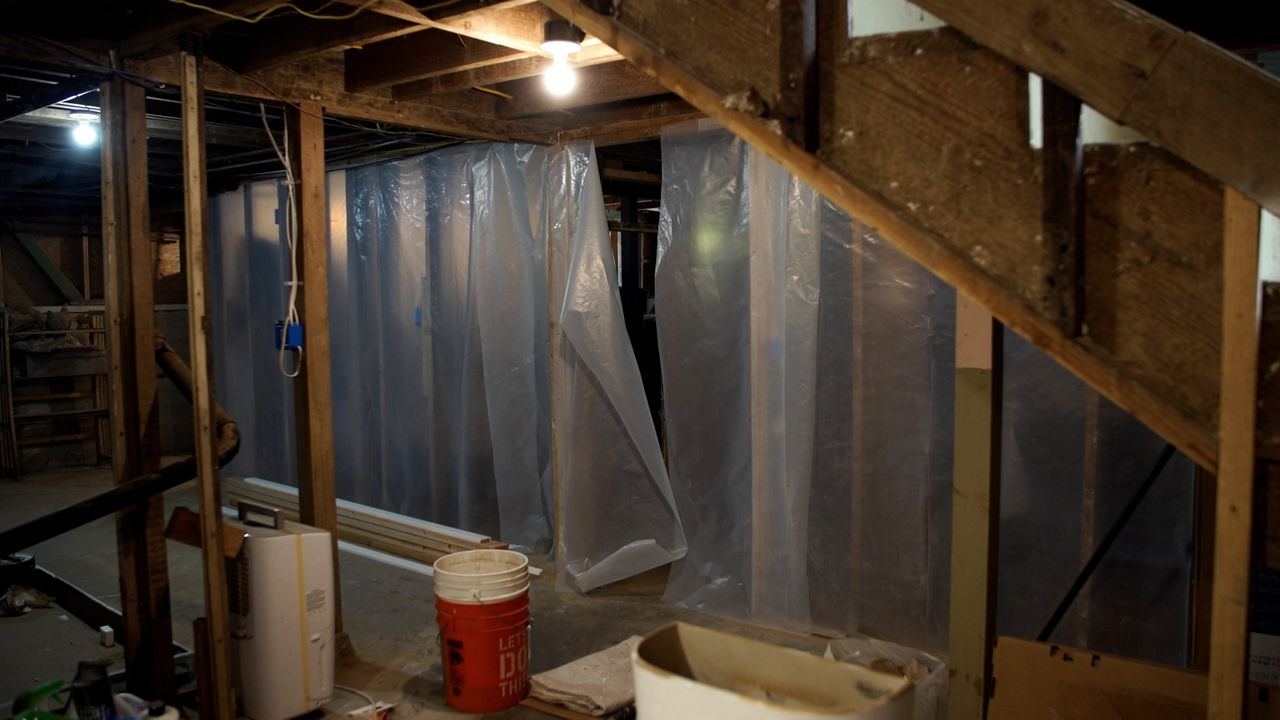
In the coming years, insurance headaches could become more widespread among California residents — several major insurance providers have stopped accepting new applications in the state for property and casualty coverage, citing increasing natural disasters and high construction costs.
This may leave communities like Felton, which have also faced threats from other types of disasters, particularly vulnerable.
Longtime Felton Grove resident Vicki Wees and her husband Shawn remember times throughout the years when mudslides and wildfires came to their area.
“It was terrifying to have fire come that close to you with all those trees around,” she said.
But Vicki and Shawn say floods are the most notable disaster in their area. Vicki, who worked for many years as a realtor in the area, said it’s hard for prospective buyers to comprehend how high the San Lorenzo River rises during floods.
“People really, no matter how much you drum it into their heads, and you go out and you show them the river they stand there in the summer and look at it and go, ‘this little trickle, are you kidding me?’”
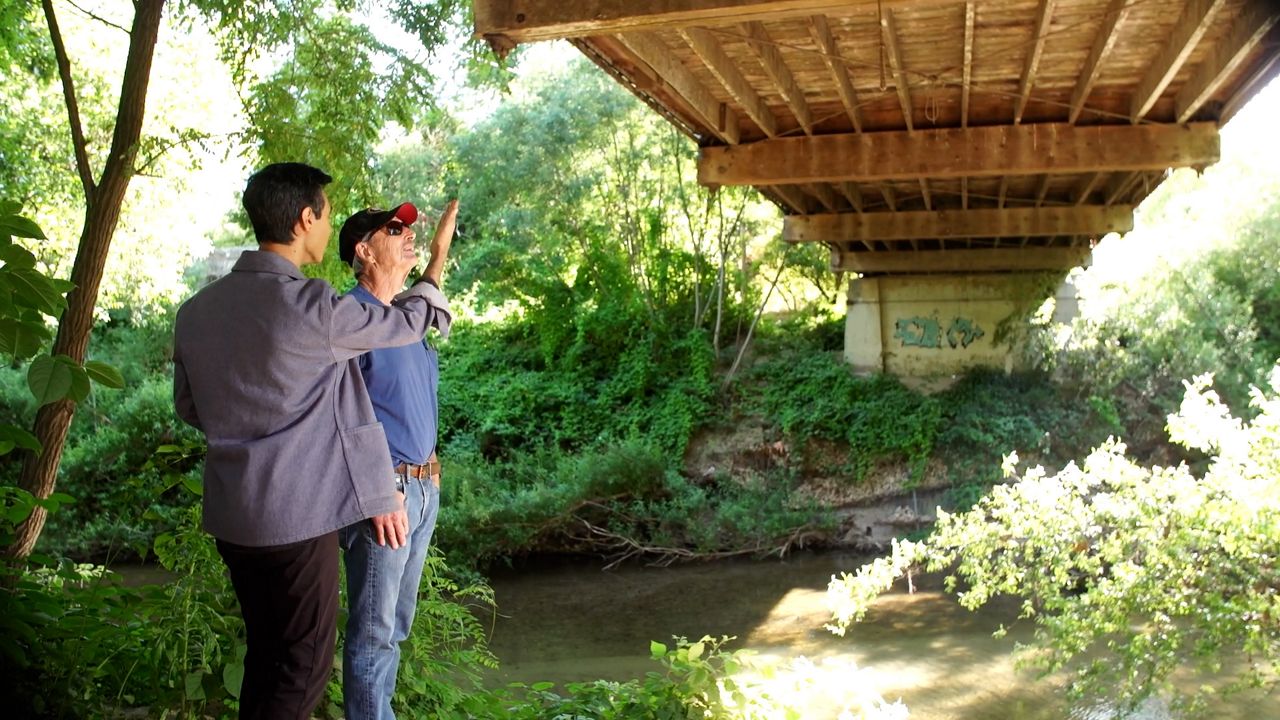
The flooding did enough damage over the years that FEMA stepped in after the 1998 floods, offering to help Felton Grove homeowners raise their homes by assuming up to 75% of the cost.
“The idea behind that was, once they’re elevated, anything on the first story, they're not going to be paying claims on that anymore,” said Shawn Wees.
The Wees’ home is elevated, and Shawn, an engineer, personally worked on raising many of the homes in Felton Grove to above the 100-year flood level.
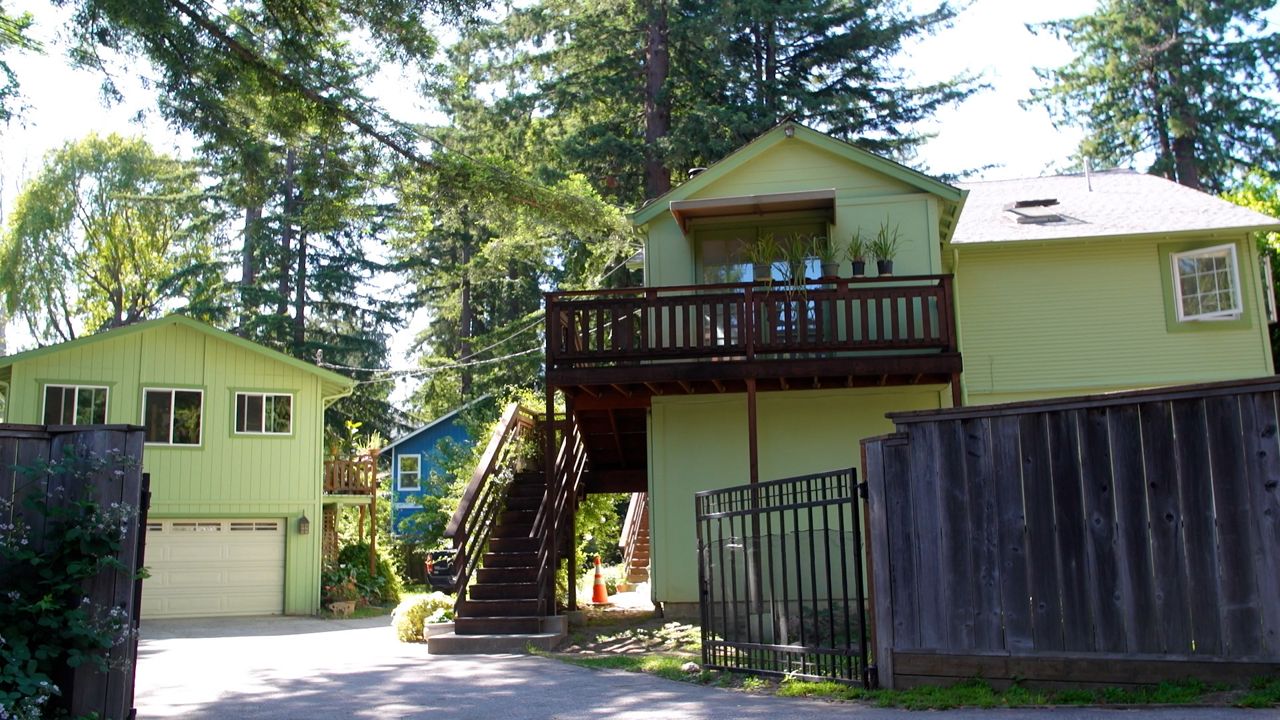
The term “100-year flood” is one of several used by the National Flood Insurance Program to determine the level of flood risk in a given area.
It is commonly used, but widely misinterpreted.
For those who live in a 100-year flood zone, it does not mean a flood occurs once every century. In fact, 100-year floods can take place multiple times within a century, even more than once within the same year.
What the term actually means is that flooding of that magnitude has a 1% chance of happening every year.
When mapped out over the course of a standard 30-year mortgage, that means a home within the 100-year flood zone has a 26% chance of flooding.
But even as waters reach higher levels than forecast, Shawn and Vicki Wees are determined to stay in the place they’ve called home for decades.
“I love it. I just love it. It feels like home to me,” said Vicki.
But Nathalie Dervaux is not so sure she has a future in the neighborhood. After months of trying to rebuild, she is seriously considering selling her home once the repairs are finished.
Dervaux isn’t sure why the previous owners chose not to elevate her house with the FEMA grant in 1998. After the January floods, she looked into the process — and said she was told the approval alone can take a few years.
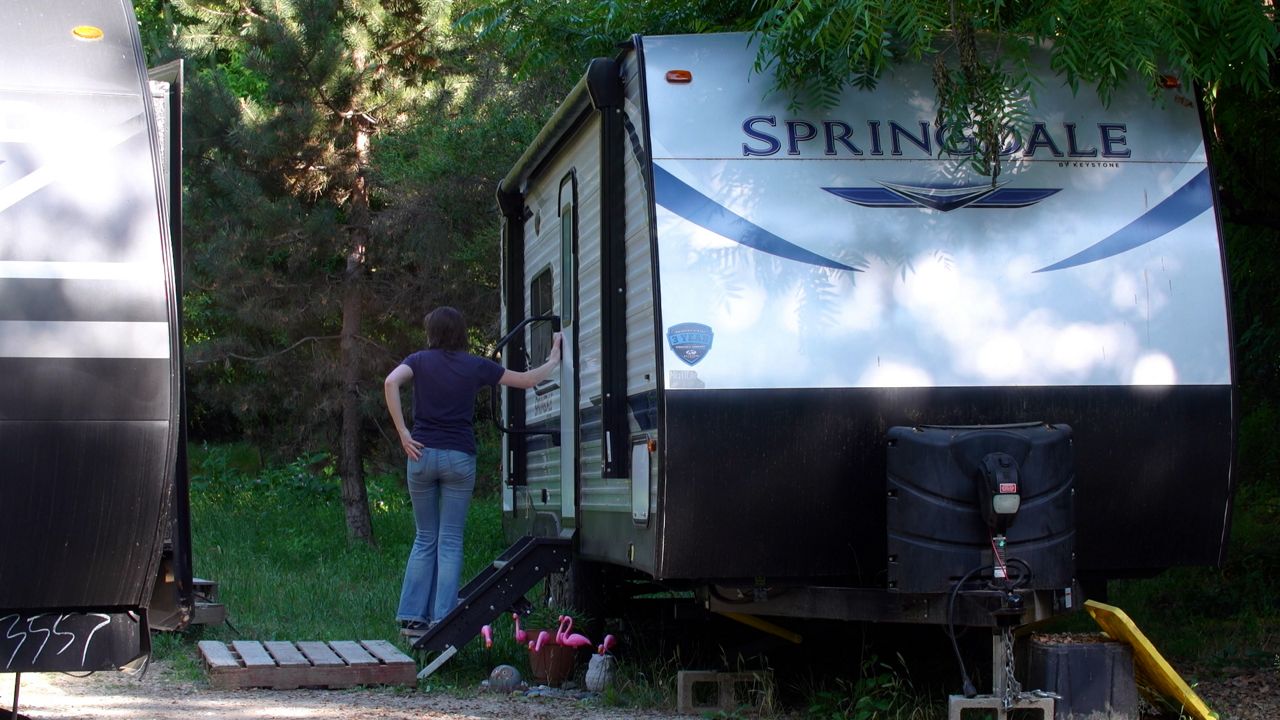
“If it takes two to three years, you know, we need to rebuild,” she explained.
The vulnerability of Dervaux’s home, combined with the unpredictability of the weather, continues to weigh on her.
“Are we going to move back for two weeks and it's going to flood again, or are we going to, you know, have a few more years before the next flood? I don't know,” said Dervaux.
Knowing what she knows now, Dervaux said she likely would not have moved to the neighborhood.
“I’m glad we had the experience here. I’m glad we have these few years, but no, I wouldn’t,” she said.
Among Dervaux’s neighbors, as well, concerns are growing over how future events may shape the community.
Megan Alisago lives a few doors down, and after more than a decade in the neighborhood, felt prepared to deal with the periodic soggy storms.
“My house is raised. The water comes up and it goes away,” she said. “I was feeling really confident. I was feeling good.”
But for Alisago and her family, the January floods were different.
“The rain just didn't stop. It just didn't stop.” [Rescue workers] were on jet skis going up and down the street.
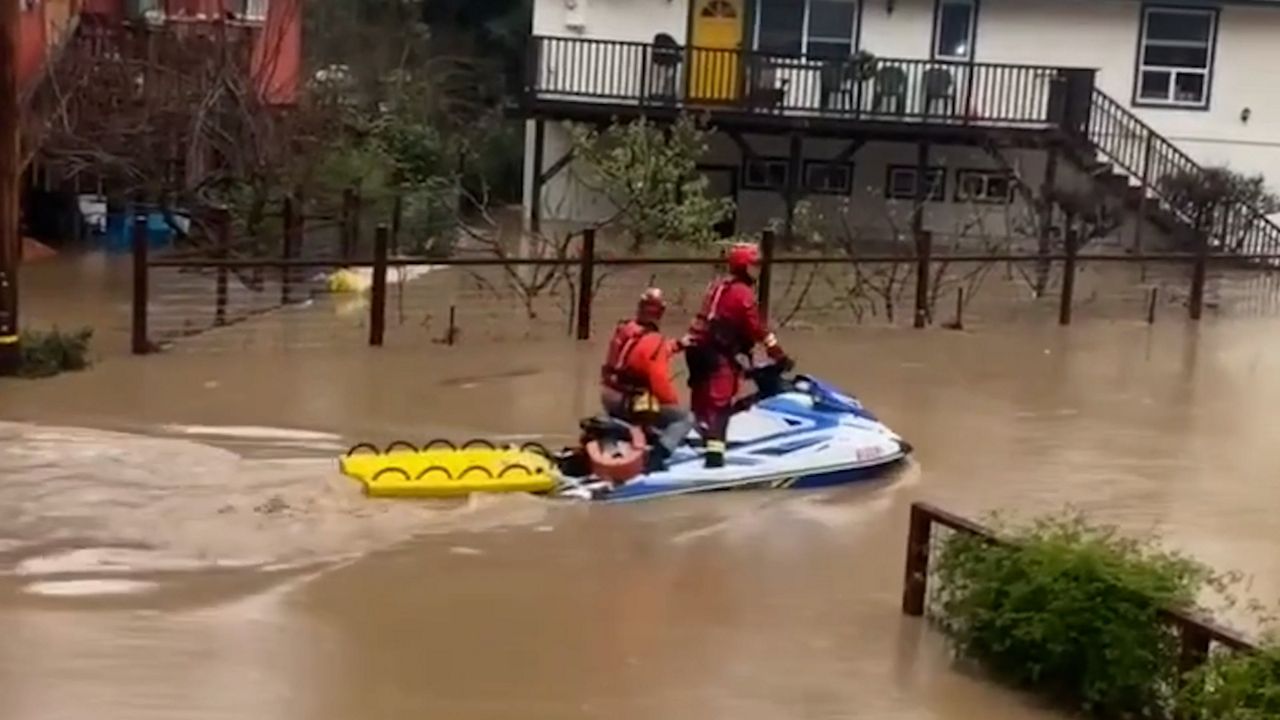
Three times in two weeks, her community was inundated by downpours from atmospheric rivers.
“You couldn't even recover from the first one before the next one's coming along,” she remembered.
Each time the water climbed higher and higher into her home.
“When it starts bubbling through the cement, that's when, you know, we're done. We can't stop this. This is happening. And you just don't know how high it's going to go from there. You don't know if it's going to stop or not,” she said.
As water rose on Jan. 9th, Alisago’s family tried to escape, but they weren’t able to open the gate against the force of the water. The decision to turn back may have saved her life.
“I'm grateful to this day that I didn't get out the gate because it would have swept me away and killed me for sure. So it was a fortuitous decision to stay,” she said.
Alisago’s family rode out the rest of the storm safely, but when the water cleared, it revealed the damage left behind.
They salvaged what was left.
“We just moved three boxes from up above of, you know, baby items, things that are super precious and irreplaceable,” she said.
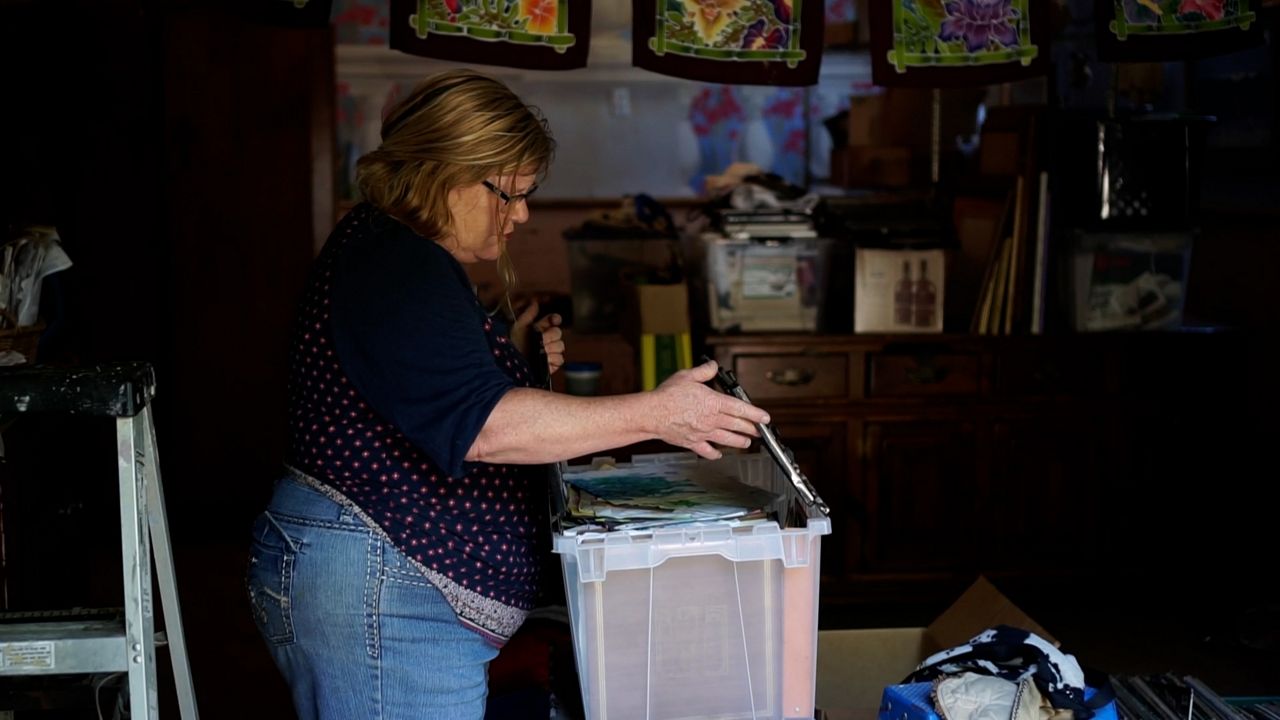
The greatest loss for Alisago was her sense of security.
“This storm was bigger, more damaging, worse than anything ever.”
Her home has been raised through the FEMA process, but that precaution still isn’t enough to keep Alisago in the neighborhood.
“Because of the horrendous damage, because of the mud, the silt, because it's so pervasive,” she said.
Since 2017, the number of floods Alisago and others in the area experienced has multiplied. Record rainfall and flooding across California made headlines, with one term, “atmospheric river,” captivating a lot of attention.
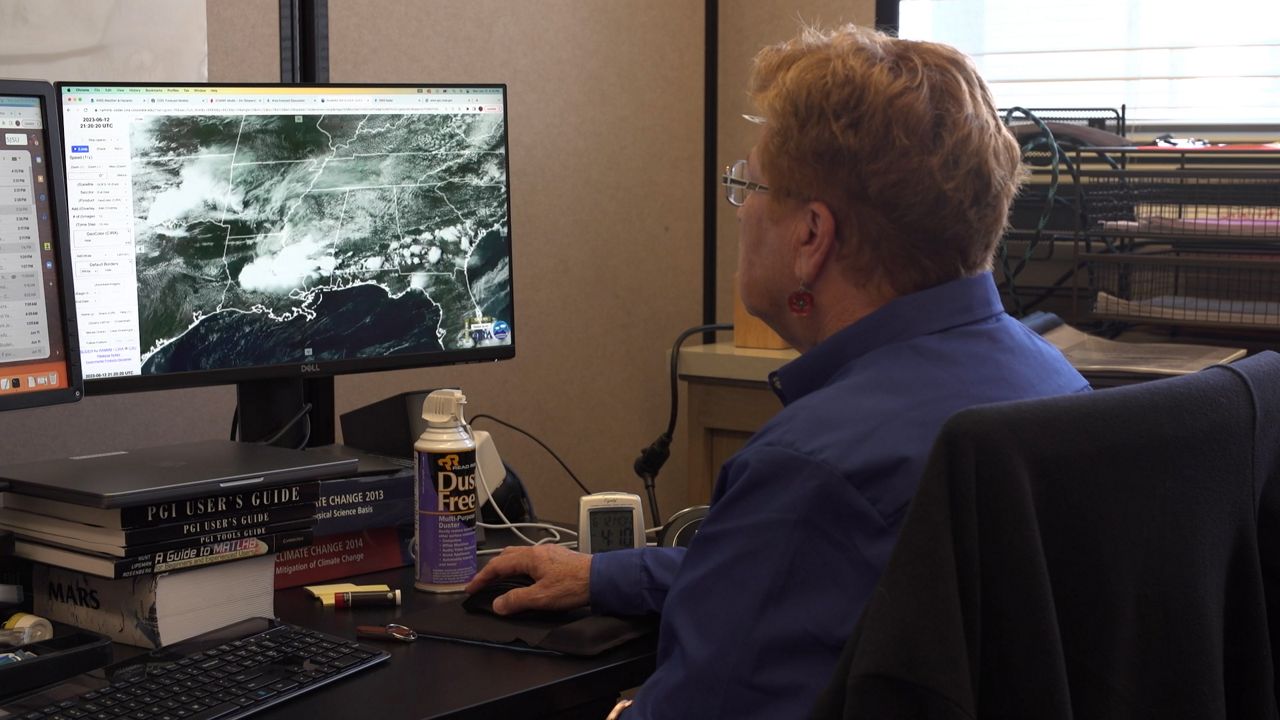
An atmospheric river has been described as a river in the sky – it’s a narrow band of water vapor that originates in the tropics.
Alison Bridger, a professor of atmospheric and climate science at San Jose State University, explained that despite their destructive potential, atmospheric rivers do serve an important purpose.
“It is a bringer of moisture to California, which, let's face it, it doesn't rain in summer. Having said that, I've never seen a winter like this one either with so many atmospheric rivers,” she said.
But it's not just atmospheric rivers.
“When you take a bomb cyclone and you match it up with an atmospheric river, it feels a bit earth-shattering,” Bridger explained.
Bomb cyclones, rapidly intensifying systems that take place in areas outside of the tropics, help weaponize the moisture within atmospheric rivers and, in some cases, push them towards land, causing catastrophic flooding.
This is what happened earlier this year in Felton, and in California, the dangerous effects are often compounded by other natural hazards.
“We've had a lot of wildfires here, and heavy rains from atmospheric rivers on areas that have been burned leads to mudslides. And those can damage housing, take lives just as easily as the wildfires themselves,” Bridger said.
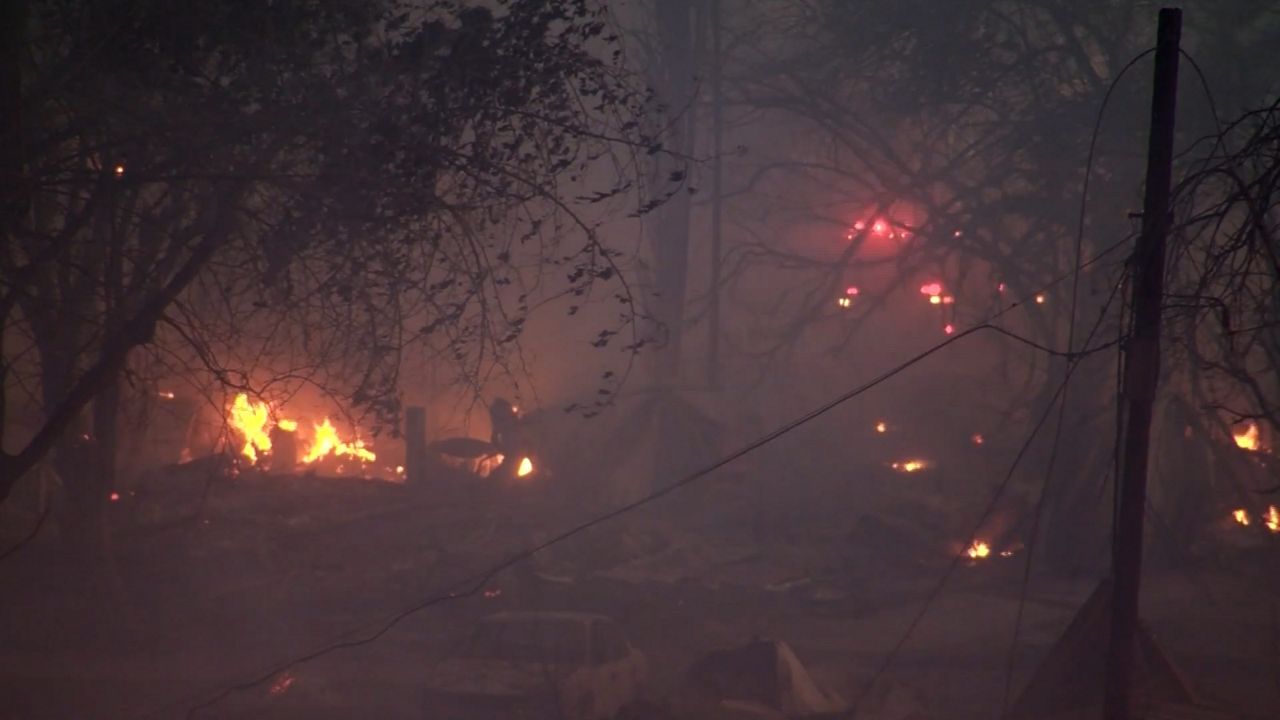
Felton isn’t the only community affected by climate change. These formerly once-in-a-lifetime events are happening with more frequency and intensity across the country. Whether it’s flooding, wildfires, droughts or hurricanes, scientists say there are few places immune from these climate events.
“In about the last five years, we've seen the shocking wildfires in northern Canada, we've seen huge temperature extremes,” said Bridger. “We've seen events like heatwaves in India that almost bring life to a halt in the last five years.”
In August 2023, California was hit with a tropical storm — the first to trigger an official storm watch for California residents in recorded history.
For many, events like these are shocking, but Bridger said they’ve been foreshadowed by decades of climate patterns.
She explained, "we'll have a big weather event that's somewhat unusual. In the early days, I would say, well, it's very hard to prove that it is climate change, but it's certainly in the right direction predicted by climate change. Now, I'm more likely to say, ‘yes, of course, it's climate change. We've been warning you for 25 years. Why haven’t you done anything?’”
Alisago is heeding that warning. But, she admits, it’s sometimes it’s hard to hear the sirens over the sounds of home.
“The redwood trees, the air, the ions,” she said.
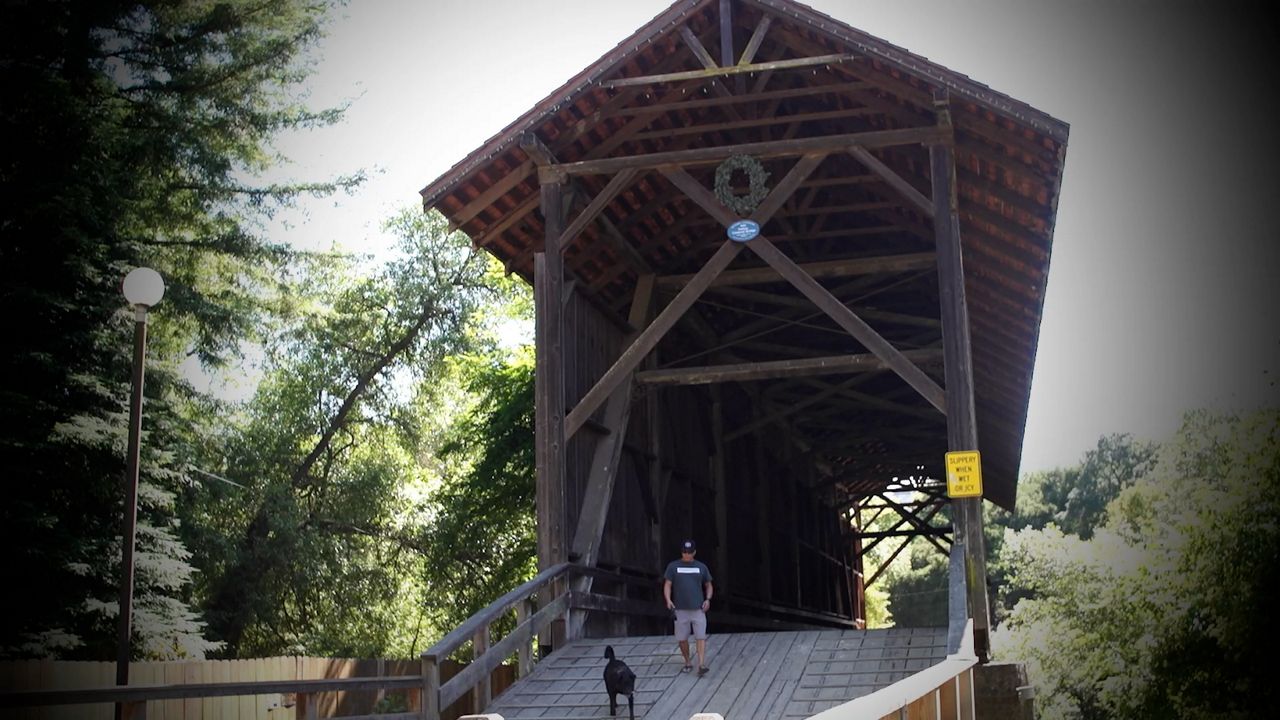
But Alisago also remembers the bad days. And although she has no current plans to sell the property, she and her family are looking forward to making memories in a new home.
“It's phenomenal. It's beautiful. So it's still in Santa Cruz County, but it's up a hill. So I will no longer be dealing with flooding issues, for sure,” she said.
While she’s moving to higher ground, she won’t be out of harm’s way.
“There'll be wildfire issues for sure. Fire is going to be a big concern when we move there.”
“It's more of a risk that I'm willing to take. I also feel like I can prevent it more. I can cut down trees. I can clear the area around. I can install sprinklers. I can prepare my house better. When the flood comes here, you can't stop it,” she said.
Alisago isn’t sure if her new home is any safer.
“Safer is a tough word. It's more about, [the flood risk] is pretty guaranteed,” she said.



?wid=320&hei=180&$wide-bg$)